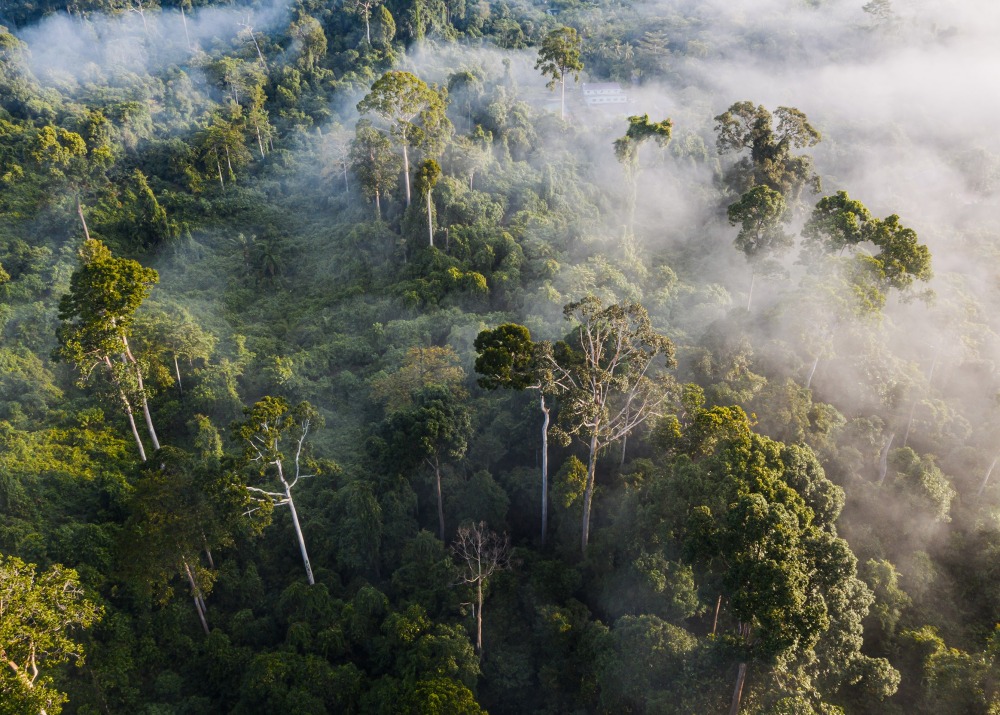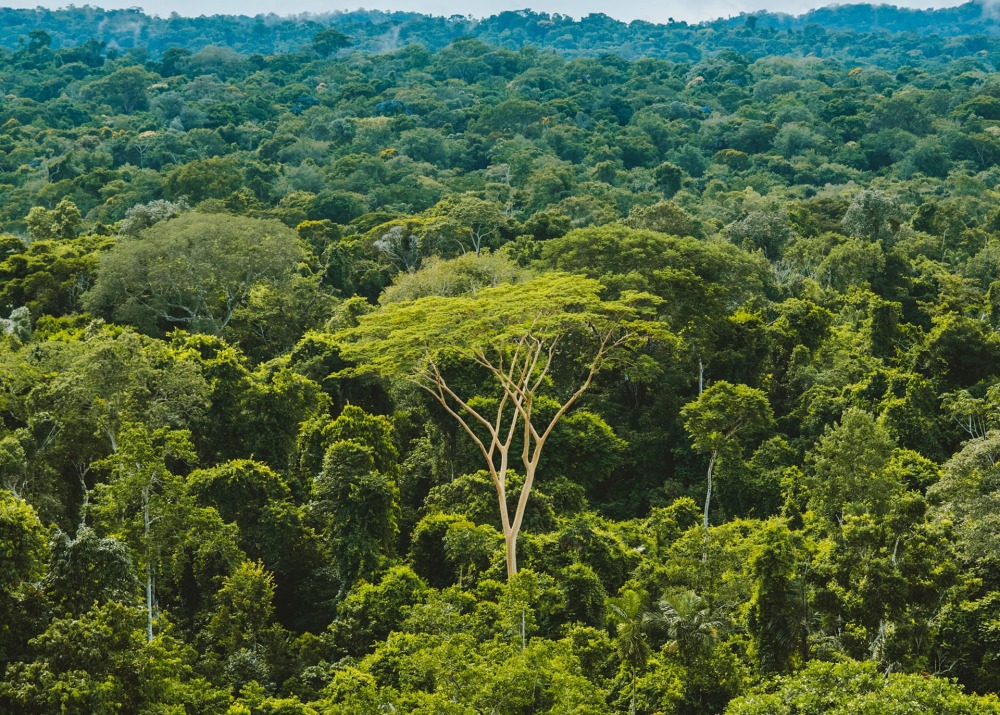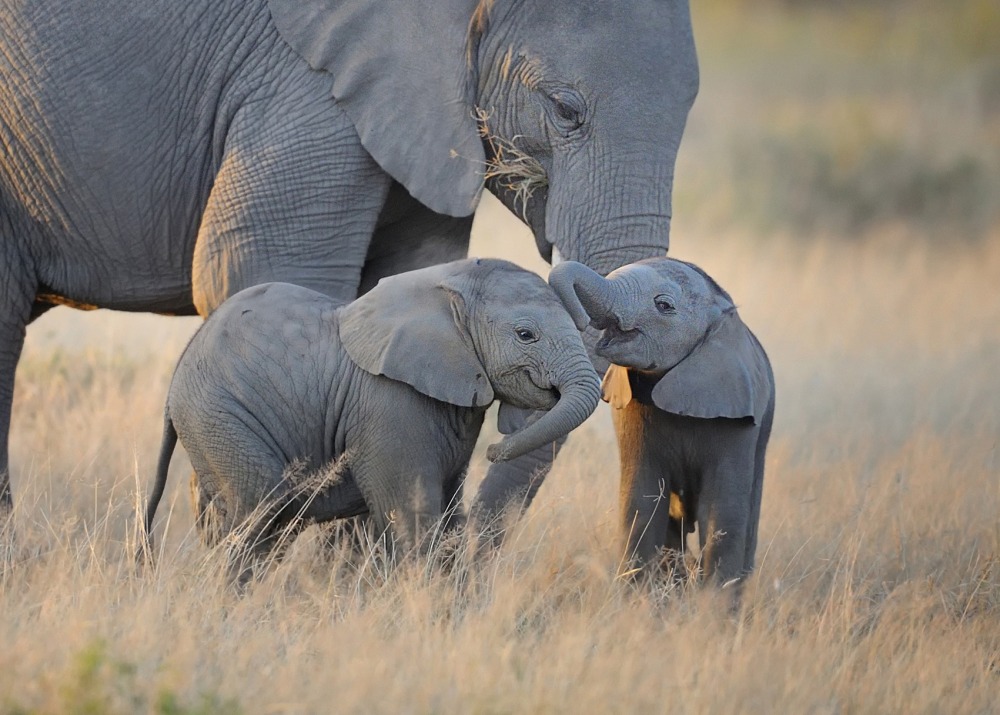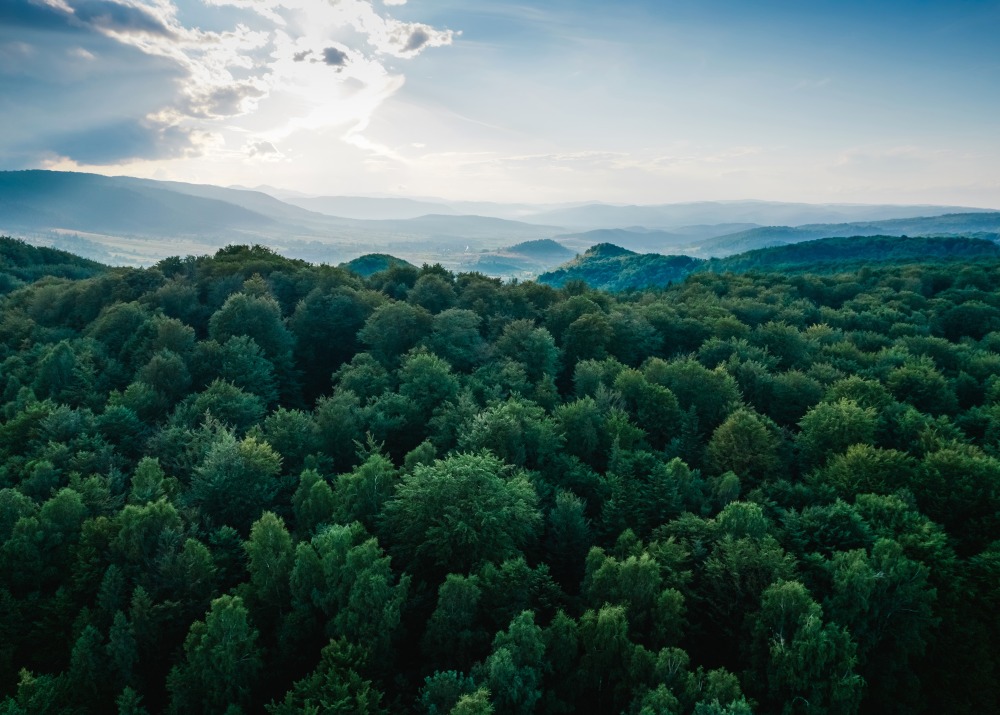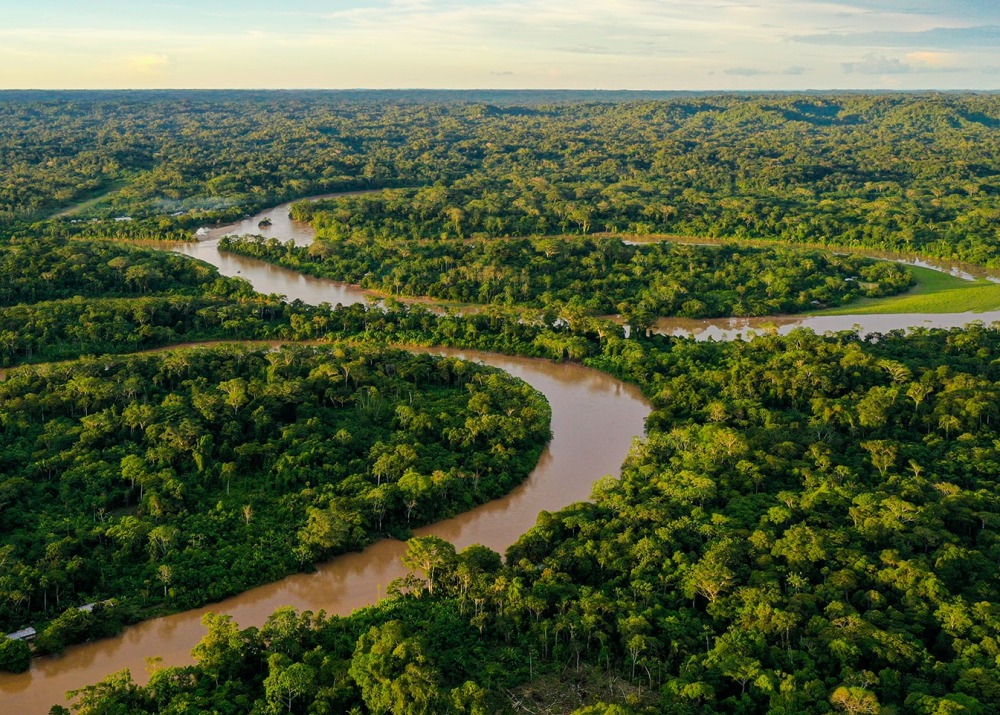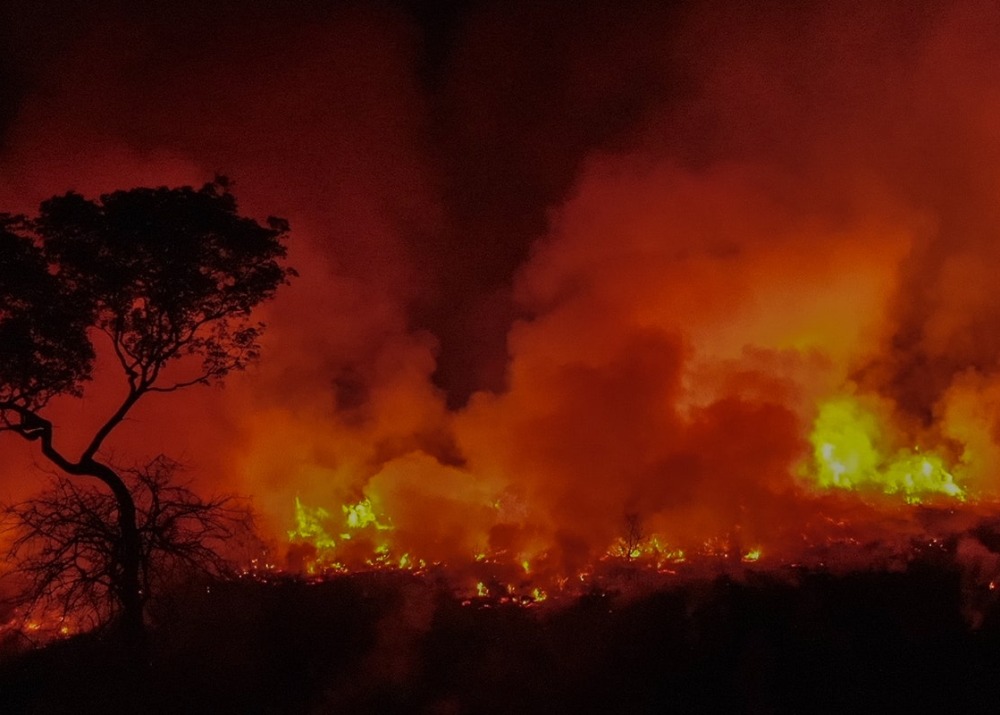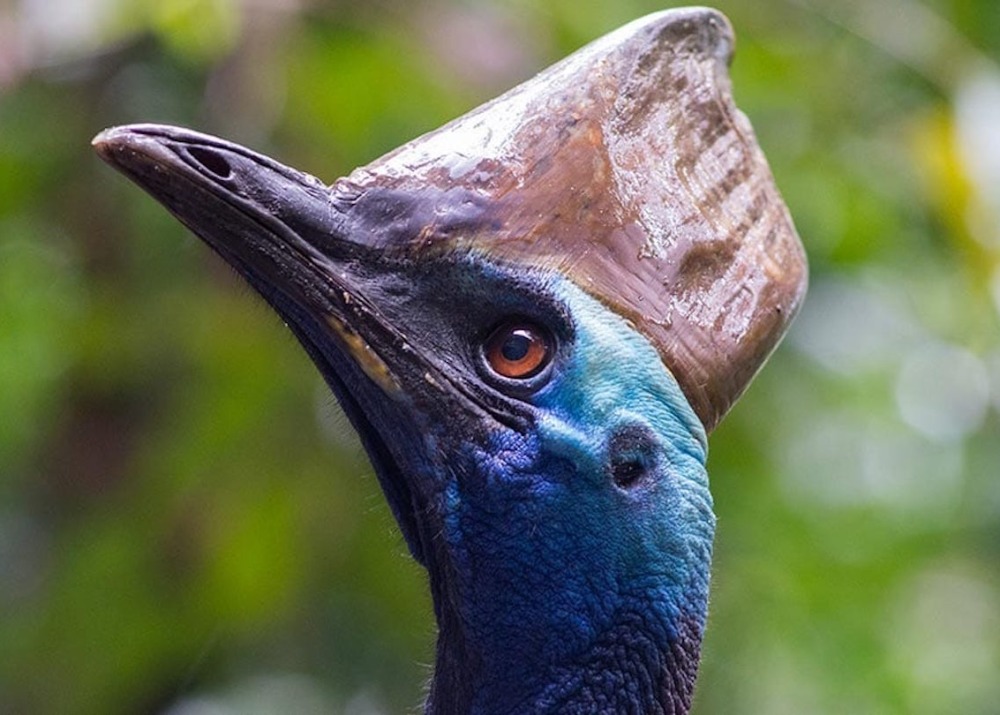Philanthropic Organizations Commit $1B USD to Help Protect 30 Percent of the Ocean by 2030

This single commitment is roughly equal to all philanthropic giving for marine protected areas and habitat protection over the past decade, putting ambitious ocean conservation goals within reach
Lisbon, June 28, 2022 — The Protecting Our Planet Challenge will invest at least $1 billion USD to support the creation, expansion and management of marine protected areas and Indigenous and locally governed marine and coastal areas by 2030. The following statement was released today by the 11 partners:
The UN Ocean Conference in Lisbon is shining a global spotlight on our ocean and on the growing momentum to scale ocean action. Everything from locally led advocacy to whole ocean planning must be deployed rapidly to avoid continued losses and to secure equitably governed seas. Marine protected areas are one of the most effective tools available at all scales. They can safeguard biodiversity, facilitate natural regeneration, protect islands and coastal areas from storms, boost fisheries yields and secure marine carbon stocks.
The Protecting Our Planet Challenge is a $5 billion private funding commitment to support the protection of at least 30% of the most important areas of the planet by 2030. This largest-ever commitment of its kind is aimed at tackling Earth’s convergent climate, biodiversity, and human wellbeing crises. The $5 billion Protecting Our Planet Challenge represents the combined 10-year investment plans of individual grant making organizations working independently to support protected, conserved and Indigenous and locally governed areas across a diversity of lands and seas in both non-ODA (official development assistance) and ODA-eligible countries.
Over the next decade the Challenge, comprised of eleven organizations, will support efforts to reach the 30% protection goal through strengthening and expanding protected areas and by enhancing support for Indigenous stewardship of traditional territory, as Indigenous peoples’ spiritual relationship with the ocean enables them to be good guardians of biodiversity. Currently, 7.93% of the global ocean is zoned as marine protected areas, however only 2.4% of the ocean is considered fully or highly protected. Coral reef ecosystems around the globe also face an uncertain future, threatening over a quarter of all ocean life and the source of food, livelihoods, and cultural heritage for over 500 million people. Even with drastic emission reductions to meet Paris Agreement targets, 70-90% of today’s corals are anticipated to vanish by mid-century.
We anticipate that the Protecting Our Planet Challenge will invest at least $1 billion (20% of the expected commitments) to support the creation, expansion and management of marine protected areas by 2030. This single commitment is roughly equal to all philanthropic giving for marine protected areas and habitat protection over the past decade, putting ambitious ocean conservation goals within reach.
In recognition of this, and the increase in capacity needed to strengthen and expand protected areas ethically, the partners of the Protecting Our Planet Challenge are developing shared grant making practices, building on evidence-based approaches to securing long-term sustainable management, and financing of protected areas. Protected areas function best alongside a suite of complementary approaches, including Other Effective Area-based Conservation Measures (OECMs), which many Protecting Our Planet Challenge partners are also actively supporting.
We will work together to support projects advancing enduring protection of at least 30 percent of the planet in the most important places for biodiversity and climate by 2030, building collective efforts behind a more equitable, carbon neutral and nature-positive future. Meeting this goal for the ocean will require greater ambition, innovation and collaboration among governments, companies, local communities, Indigenous peoples, and civil society to secure the mosaic of areas necessary for success. The ocean is intimately connected with coastlines, islands, and land uses far from our shores. As the world scales up protection, marine and terrestrial protected areas must be evaluated and designated in coordination.
The partners of the Protecting Our Planet Challenge support the High Ambition Coalition for People and Nature in championing a global deal for nature and people with the central goal of protecting at least 30 percent of world’s land and ocean by 2030. This coalition of over 90 countries are calling for increased spatial targets to protect or effectively conserve at least 30% of the planet – land and sea – by 2030, effective management of protected and conserved areas, increased public and private financing to ensure long-term management and local governance, and clear implementation mechanisms to put nature on a path to recovery by 2030. The coalition seeks to find synergies amongst the Rio Conventions and work on increasing the ambition beyond the 15th meeting of the Convention on Biological Diversity in Montreal in December this year.
We believe that by committing to a shared vision and statement, as well as set of shared objectives, we will bring greater coherence and impact to our work in the Protecting Our Planet Challenge. We invite other donors to join us in our support the role of the ocean and coastal communities in the protection of nature and a more sustainable future.
Signed by the Protecting Our Planet Challenge partners:
- Arcadia – a charitable fund of Lisbet Rausing and Peter Baldwin;
- Bezos Earth Fund
- Bloomberg Philanthropies
- Bobolink
- Gordon and Betty Moore Foundation
- International Conservation Fund of Canada
- Re:wild
- Nia Tero
- Rainforest Trust
- Rob and Melani Walton Foundation
- Wyss Foundation

Sign up to receive the latest updates
"*" indicates required fields


